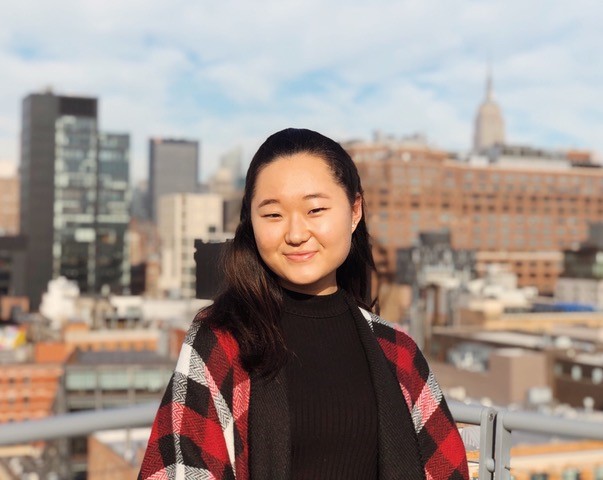 While much of the world came to a halt when the COVID-19 pandemic hit, Jennie Yu ’22 has been anything but idle. Yu, a history major, began work as a contact tracer in early May; her job is to locate and talk to individuals who recently tested positive for the novel coronavirus and trace those who may have been in contact with someone who tested positive. (The geographic area on which her work focuses cannot be disclosed because of contact tracer rules intended to protect privacy.)
While much of the world came to a halt when the COVID-19 pandemic hit, Jennie Yu ’22 has been anything but idle. Yu, a history major, began work as a contact tracer in early May; her job is to locate and talk to individuals who recently tested positive for the novel coronavirus and trace those who may have been in contact with someone who tested positive. (The geographic area on which her work focuses cannot be disclosed because of contact tracer rules intended to protect privacy.)
Contact tracers like Yu are crucial to stopping the spread of the virus, and their work expedites the reopening of states countrywide. In addition to tracking people who have been exposed to or infected with COVID-19, Yu also advises members of the public on how to remain healthy through self-isolation and directs them to applicable resources and help.
What inspired you to become a contact tracer?
“I wanted to find a way to contribute to the frontline fight against COVID-19 but was limited by my own immunocompromising health conditions and my living situation. When my state announced its contact tracing initiative in early May, it seemed like the perfect opportunity to work from home while still being able to provide resources and support to people who needed them the most.”
What does a contact tracer do?
“Contact tracers are responsible for tracking two types of cases: people who have tested positive and people who have come in contact with someone who has tested positive. For individuals with confirmed COVID-19, we collect information about any symptoms they may be experiencing, as well as people they interacted with and places they may have gone in the days preceding their positive test results. We also provide them with instructions for how to self-isolate and direct them toward any resources they may need, such as grocery deliveries. The process is very similar for contacts — the only difference is that they are encouraged to get tested, and we instruct them to quarantine for 14 days while watching for symptoms.”
What is “close contact"?
“Close contact is considered to be any interaction among people who are less than 6 feet apart. In our interviews, we also ask if the interaction lasted 15 minutes or longer, as the risk of contracting COVID-19 is higher with prolonged close contact.”
What is a typical day like for you as a contact tracer?
“Each contact tracer on our team is responsible for working one shift per day, five or six days a week. Our shifts are five hours long, and we are calling people almost nonstop from start to finish — time is of the essence when contact tracing, so we try to get through as many cases as we can in one shift. I usually begin work at 12 p.m. and am done calling by 5 p.m., which allows me to balance the job with my remote internship and other responsibilities.”
What are some struggles you face on the job, and how do you combat them?
“Some respondents can be reluctant to talk once I tell them why I’m calling, which is definitely understandable! COVID-19 is a stressful subject, and it’s difficult to hear that you’ve tested positive or have been exposed to someone who has. However, I always try to stay positive and reassure the respondent that our contact tracing team will be there to support them throughout their isolation or quarantine period. I also make sure to thank them for their time and remind them that they are actively helping us stop the spread of the virus and save countless lives, which is a great reminder for myself as well.”
What’s most rewarding about this job?
“Knowing that I am making a positive difference in someone’s COVID-19 fight is by far the most rewarding aspect of being a contact tracer. Amidst all the unknowns surrounding this disease, it’s definitely an incredible feeling to be able to assuage some of our respondents’ fears and provide them with continued support as they navigate their isolation or quarantine periods.”
What about this job is most exciting for you?
“When a respondent has successfully completed their isolation or quarantine period and is healthy, their case is considered ‘closed.’ At the moment, we have thousands of cases waiting to be traced, but I’m excited for the day when our closed cases will outnumber our active ones!”
— DANIELLE SLEPYAN ’22